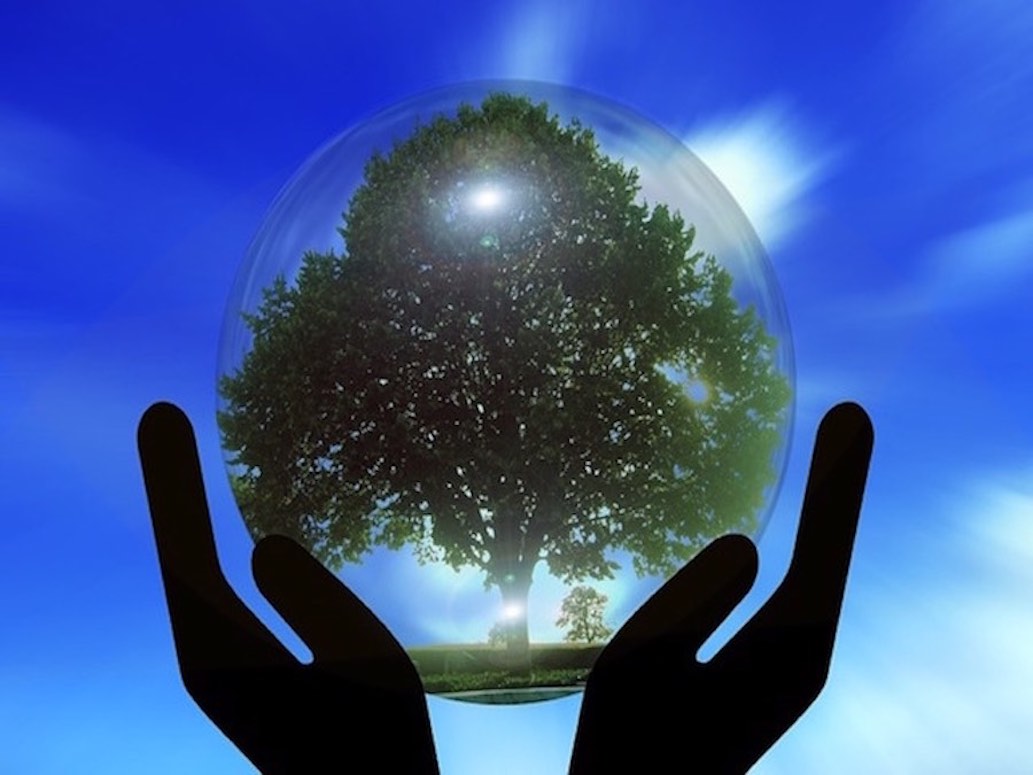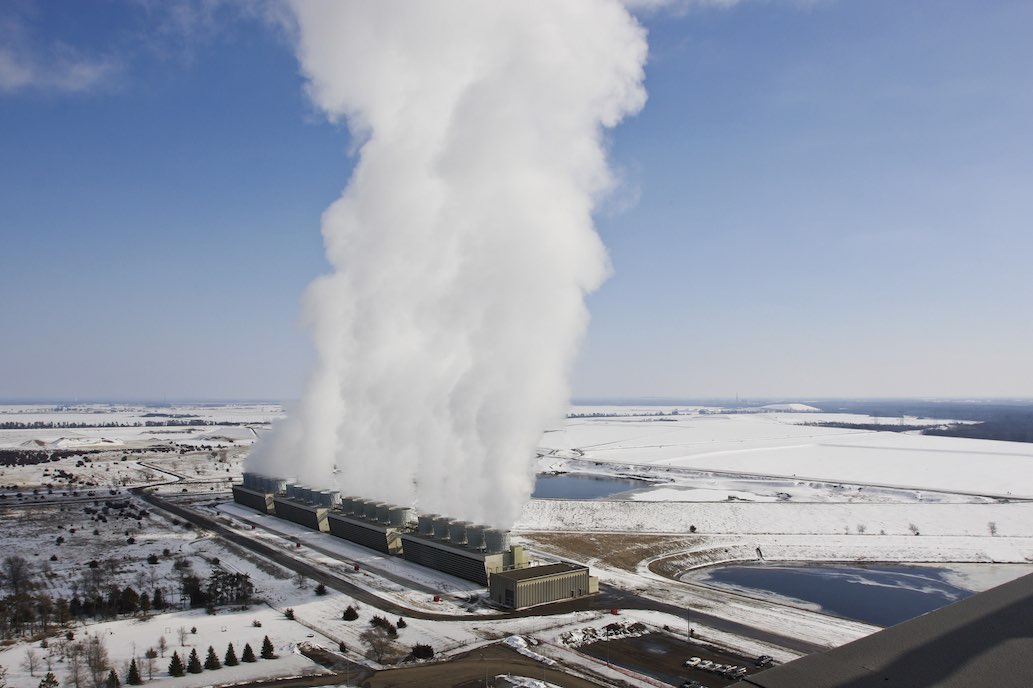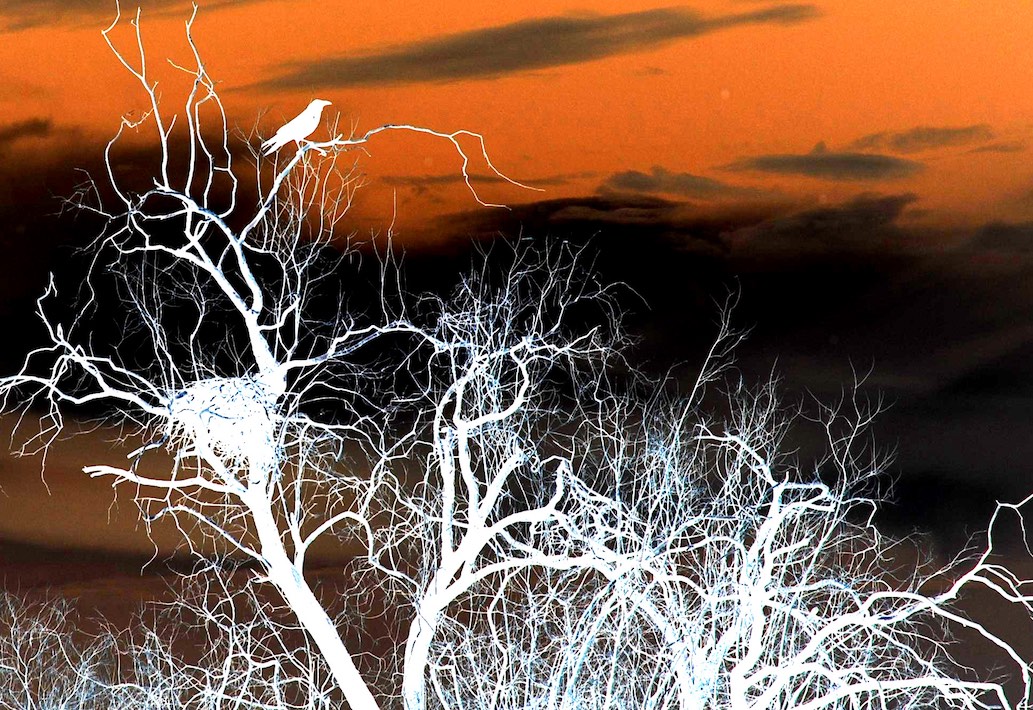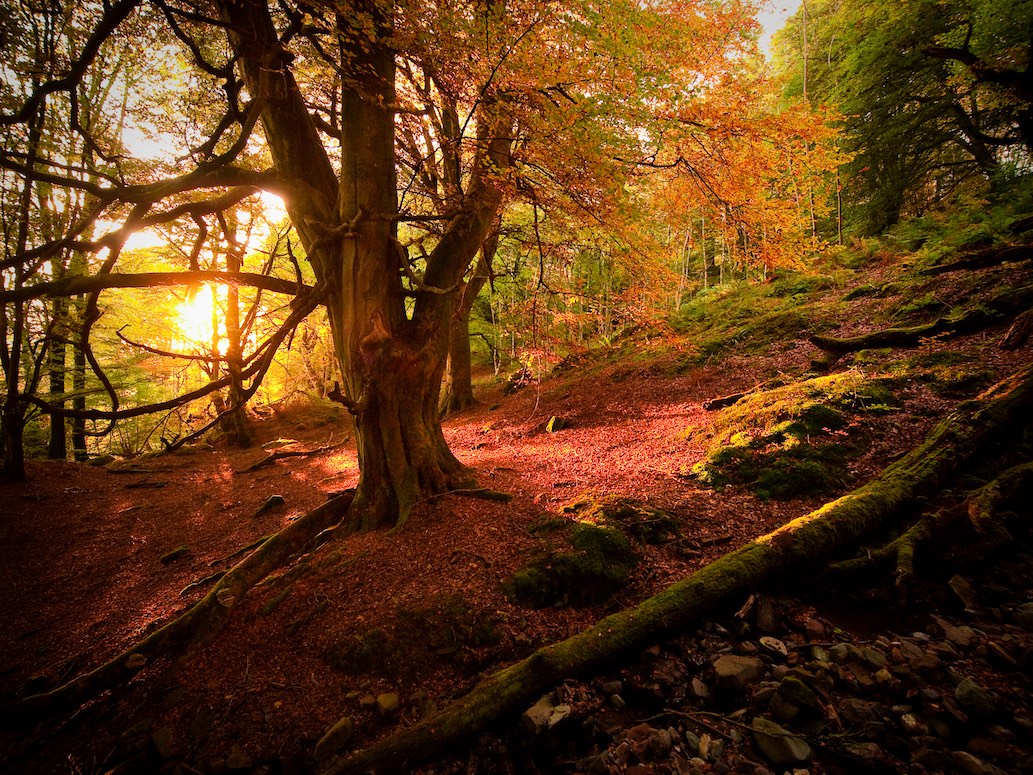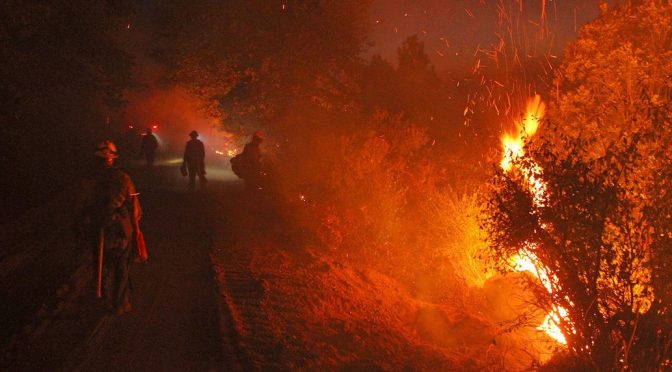
Climate Impacts on Forests and Wildfire
- Climate, Enviroment, Forests, News
- climate change impacts, Featured, forests, forests fire climate change, wildfire
- June 24, 2016
In the southwest of North America, record heat has spawned an early an aggressive start to the 2016 fire season. One consequence of a warming world is the increased frequency and intensity of wildfires. With increasing heat, fires burn more intensely over a steadily increasing wildfire season signaling a regime shift in global forests . A 2015 study published in the journal Nature Communications indicates that burn season has increased 20 percent from 1970 to 2013. In the U.S. fire seasons are now 78 days longer than in 1970.
It’s easy to count off recent record-breaking fires that confirm this trend: the Fort McMurray fire in Alberta, Canada; the Butte and Lake fires in northern California; the Okanogan fire “complex” in Washington, the largest to date in the state’s history. In Australia, a string of bushfires are among the costliest and most deadly the nation has ever seen. The list goes on.
Wildfire is an essential component of a healthy, functioning ecosystem. In the U.S., a century of fire suppression has altered the natural cycle of burn and regrowth, ironically increasing the risk of wildfire. “Wildfires, when allowed to burn in areas where they do not impact human development, are regenerative for the forest, revitalizing for the watershed, renew the soil, and reset the clock for the ecosystem,” explains Dr. Timothy Mihuc explains, a professor of environmental science at the State Univesity of New York, Pittsburg.
“Many forests cannot sustain themselves without natural wildfire, including pine barrens, lodgepole pine forests, Eucalyptus forests and many more, says Mihuc. “These forests require canopy fires to regenerate because the trees in the forest are adapted to only produce seeds following a major fire event. Hence, fires can be regenerative for the forest, and without them many of these forest types would decline on the landscape.
Climate impacts of wildfire
Exacerbated by forest mismanagement, the impact of climate change on forest health has far-reaching implications on the future health of global forests. These impacts are interrelated and often self-reinforcing. Pine beetle infestation, aided by warmer winters in the western mountains of North America, is devastating many forests, making them more vulnerable to fire. Seasonal shifts and changing rainfall patterns increase the probability of wildfire. Changing habitats invite the spread of invasive species, force native species migration, and upset ecosystem balance.
Large wildfires are, of course, not new. They are a part of nature. But with human intervention, first through deforestation and mismanagement, and then from accelerating climate change, that natural balance becomes increasingly skewed. A healthy planet depends on healthy forests, so when they do burn, they regenerate and thrive. The intensity and frequency of wildfire we now see are not part of that natural cycle, but a sign that our forests are in trouble.
A version of this post originally published on our blog GlobalWarmingisReal.com
Image credit: U.S. Department of Agriculture, courtesy flickr
